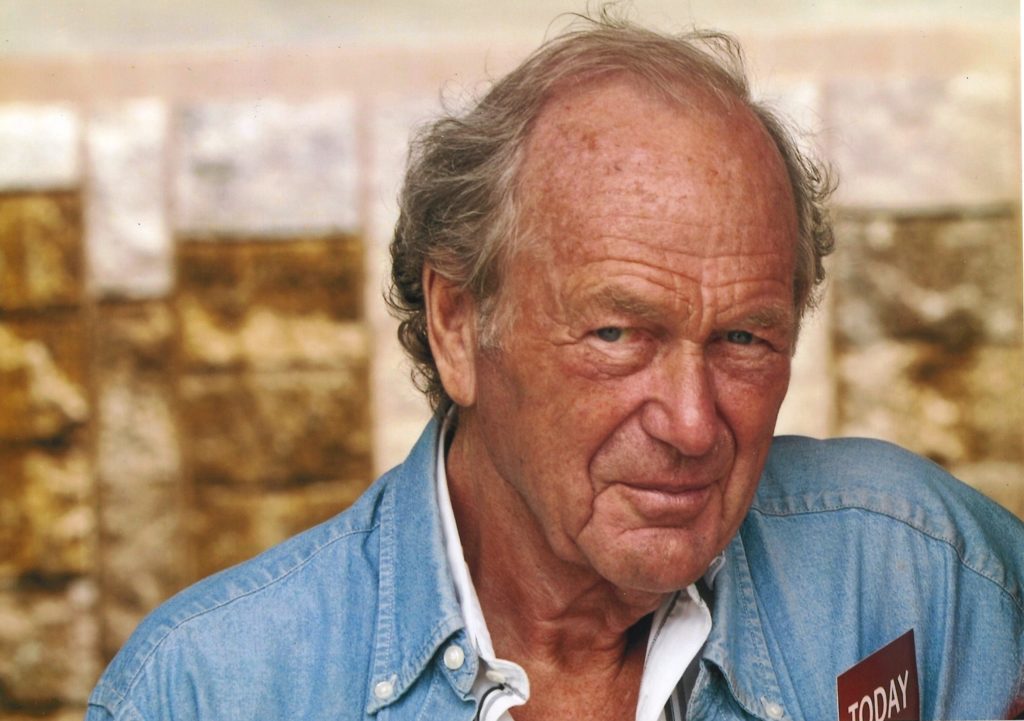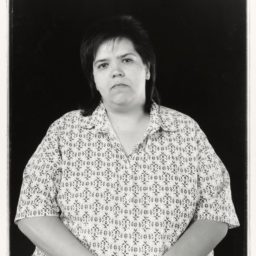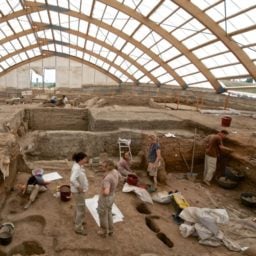Stephen Garrett, the first director of the Getty in Los Angeles, died on December 2 at age 96. Garrett helped transform J. Paul Getty’s pet project museum, which the billionaire originally operated out of his own home, into what is now arguably the wealthiest art museum in the world. He is survived by four children and his longtime partner, Phyllis Nugent.
Originally hailing from Ashtead, England, where he was born in 1922, Garrett graduated with a degree in architecture from Cambridge University in 1950 after serving in the British Royal Navy during World War II. Following his studies, he opened a private architectural practice in London, where he belonged to the Royal Institute of British Architects.
In the early 1970s, Getty recruited Garrett to serve as the consultant architect on what the billionaire envisioned as his grand new project, to be titled “the Getty Villa.” The new building would sit on his personal property in Malibu, and would be constructed for the collection that was rapidly outgrowing his namesake ranch-house venue.
“I’ve always had an idea at the back of my mind that this little museum might some day belong to the nation,” Getty wrote in 1953. It was Stephen Garrett who would bring that vision to fruition, beginning with the design of the Ancient Roman-inspired Getty Villa, which opened in 1974. Soon after its unveiling—in which the elaborate building received divided reviews from critics—Garrett was appointed Deputy Director of the museum.
Though Getty spent extended periods in the United Kingdom, he remained actively involved in daily museum operations, making acquisition of art objects a priority, and taking care to personally approve each acquisition himself. Upon the philanthropist’s death in 1976, Garrett was named director. As Getty’s successor, he upheld his former boss’s legacy by focusing on acquisitions and scholarly endeavours, with the ultimate goal of “creating an art institute.”
In June 1977, Garrett laid out a proposal to the board of trustees which stressed the importance of acquisitions, suggesting that the Getty expand into Old Master drawings in addition to antiquities. Understanding that his rigorous plan to grow the collection would require more space, he recommended moving a portion of the Getty to a new site in Los Angeles, and allocating the Villa solely for antiquities.
Moreover, Garrett emphasized the role of conservation within the Getty’s expansion as an institution, telling the board that it was “an area where I think we should make a major development.” He advocated for new laboratories and education spaces to train conservators in various disciplines, both of which are now central to the mission of today’s Getty, with four museum conservation departments and the Getty Institute for Conservation.
Garrett held the directorship until 1984, when he became director of the Long Beach Museum of Art in California.
Timothy Potts, current J. Paul Getty Museum director, said in a statement that Garrett “will always have an important place in the Getty’s history and will be much missed by all who knew him and remember so well his expansive personality and wonderful sense of humor.”









